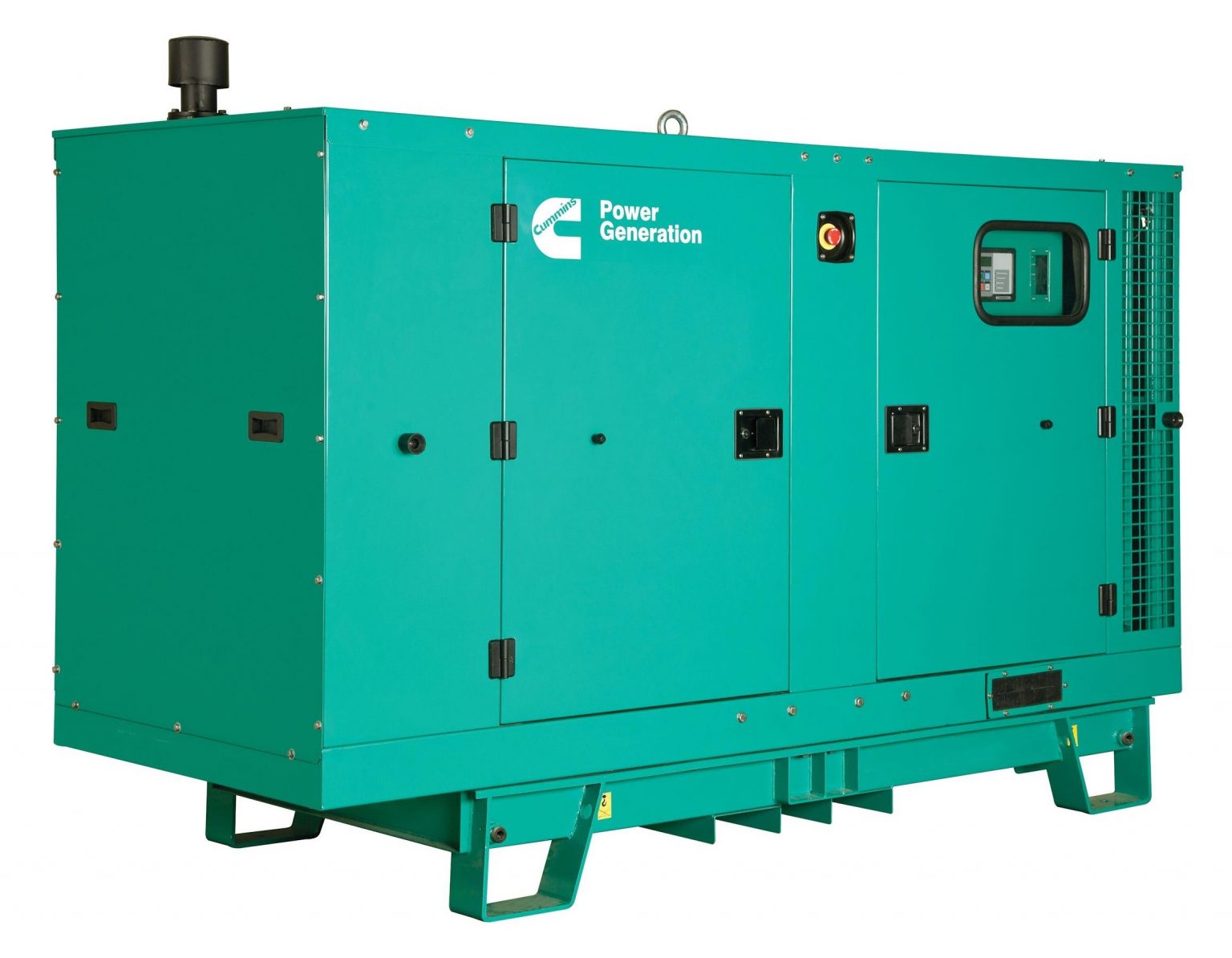Introduction
Diesel generators have long been a staple in providing backup power in various industries and settings. However, the environmental impact of these generators has come under scrutiny in recent years due to their emissions and contributions to air pollution. In this article, we will explore the role of diesel generators in meeting power needs while adhering to environmental standards. We will discuss the environmental challenges associated with diesel generators, the regulations in place to mitigate their impact, and the technological advancements that are making diesel generators more eco-friendly.
Environmental Challenges of Diesel Generators
Diesel generators are known for their efficiency and reliability in providing backup power during outages or in off-grid locations. However, they also pose significant environmental challenges due to their emissions of pollutants such as nitrogen oxides (NOx), particulate matter (PM), and sulfur dioxide (SO2). These pollutants can have detrimental effects on air quality and human health, contributing to respiratory issues, cardiovascular diseases, and even premature death.
In addition to air pollution, diesel generators also emit greenhouse gases such as carbon dioxide (CO2), which contribute to global warming and climate change. The reliance on fossil fuels for power generation, including diesel fuel, has been a major driver of carbon emissions and the resulting environmental impacts.
Regulations and Environmental Standards
To address the environmental impact of diesel generators, governments and regulatory bodies around the world have implemented various standards and regulations. These standards aim to limit emissions of pollutants and greenhouse gases from diesel generators, thereby reducing their environmental footprint. Common regulations include limits on NOx, PM, and SO2 emissions, as well as requirements for monitoring and reporting emissions data.
In the United States, the Environmental Protection Agency (EPA) sets emissions standards for diesel generators under the Clean Air Act. These standards specify emission limits for different pollutants based on the size and type of diesel generator. The EPA also requires diesel generator owners to use emission control technologies such as catalytic converters and diesel particulate filters to reduce emissions.
Similarly, the European Union has established the Industrial Emissions Directive, which sets emission limits for stationary diesel engines, including generators. The directive aims to reduce emissions of pollutants and improve air quality across the EU member states. Other countries and regions have also implemented their own regulations to address the environmental impact of diesel generators.
Technological Advancements in Diesel Generators
In response to environmental concerns and regulatory requirements, manufacturers of diesel generators have been developing new technologies to make their products more environmentally friendly. These advancements focus on improving fuel efficiency, reducing emissions, and incorporating renewable energy sources into diesel generator systems.
One key technology that has been widely adopted in diesel generators is selective catalytic reduction (SCR), which reduces NOx emissions by converting them into nitrogen and water vapor. SCR systems use a catalyst to facilitate the chemical reaction that breaks down NOx molecules, resulting in cleaner exhaust gases.
Another important advancement is the use of diesel particulate filters (DPF) to capture and remove particulate matter from the exhaust stream. DPFs trap soot and other particles, preventing them from being released into the atmosphere and reducing the harmful effects of PM on air quality and human health.
In addition to emission control technologies, manufacturers are also exploring hybrid systems that combine diesel generators with renewable energy sources such as solar panels or wind turbines. These hybrid systems help reduce fuel consumption and emissions by utilizing clean energy sources when available and relying on the diesel generator as a backup.
Case Studies and Best Practices
Several industries and organizations have implemented best practices to minimize the environmental impact of diesel generators and meet stringent environmental standards. click this is the telecommunications sector, which relies heavily on diesel generators to power cell towers in remote locations. Telecom companies have been investing in energy efficiency measures, renewable energy integration, and advanced monitoring systems to reduce emissions and improve sustainability.
Another case study is the use of diesel generators in mining operations, where power reliability is crucial for maintaining production levels. Mining companies have implemented emission reduction strategies such as fuel switching, engine upgrades, and regular maintenance to comply with environmental regulations and reduce their carbon footprint.

In the residential sector, homeowners and small businesses are increasingly turning to cleaner alternatives such as natural gas generators or solar power systems to meet their backup power needs. These alternatives offer lower emissions and operating costs compared to diesel generators, making them more environmentally sustainable choices.
Conclusion
Diesel generators play a vital role in meeting power needs in various industries and settings, but their environmental impact cannot be ignored. To address the challenges associated with diesel generators, governments, regulatory bodies, and manufacturers are working together to implement stringent environmental standards and develop innovative technologies.
By adopting emission control technologies, incorporating renewable energy sources, and implementing best practices, organizations can minimize the environmental footprint of diesel generators and contribute to a more sustainable future. Balancing power needs with eco-friendly practices is essential for ensuring reliable backup power while protecting the environment and public health.
